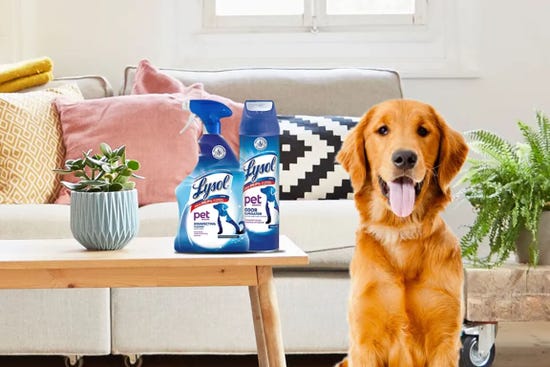
Teach Kids Nutrition with Color MyPlate Lesson Plan
Students will learn about the five food groups, and how to choose healthy foods to create balanced meals using the MyPlate icon as a springboard for discussion and sorting.
Goals and Skills
Students will…
- Identify the MyPlate icon
- Name the five food groups
- List food choices in each food group
- Create a MyPlate meal
Supplies and Preparation:
- MyPlate icon*
- Chart paper
- Color markers and colored paper: red, green, orange, purple, blue (to match the MyPlate colors)
- Art supplies (crayons, markers, color pencils, glue sticks, tape, scissors)
- Grocery store circulars or food magazines
- Music and speakers
- Make copies of the MyPlate Food Card handout (page 5 of PDF)
- Download and make copies of the MyPlate Coloring Sheet: https://www.choosemyplate.gov/food-groups/downloads/MyPlate/ColoringSheet.pdf
- Optional: string, hole punch
*Background for Teachers
Visit USDA’s website www.choosemyplate.gov to learn more about and download the MyPlate icon. You can print it out or use a projector. To learn more about healthy foods that belong in each food group, visit www.choosemyplate.gov/food-groups. You can also download and print a two-sided and kid-friendly MyPlate poster here: https://www.fns.usda.gov/sites/default/files/eatsmartposter.pdf.
Instruction Steps
A Hungry Brain-storm.
Start by asking each student to name a single food item that they ate at either breakfast, lunch or dinner this week. Keep track of their responses in a list on chart paper.
Continue until everyone has named a food. As students take turns naming a food, encourage them to think of a food that is different from the ones that have already been mentioned. (To round out the food groups or if students get “stuck” as the list grows, you could prompt for a specific type of food—for example, suggest that a child name a fruit, a vegetable, or perhaps a dairy group item such as milk or cheese.)
For an extra challenge, and to practice the ABCs, have students identify a food that starts with a different letter of the alphabet, starting with A (e.g., Apple) and ending with Z (e.g., Ziti).
Once the list is compiled, ask students how they could organize and sort the foods they came up with. Allow students to offer different ideas and prompt them to think of different factors, for example: color, shape, taste, growing season, where they are found in the supermarket, etc. Take note if any students mention a specific food group.
Explore MyPlate.
Display the MyPlate icon or poster. Ask students:
- What do you see? (A plate, placemat, cup, fork, shapes)
- How many colors do you see? What are they? (5: Red, Green, Orange, Purple, Blue)
- What word is in each part of the plate? (Identify each food group to students or have a student read each one aloud: Fruit, Vegetables, Grains, Protein, Dairy. Ask if students are familiar with any of these words.)
Explain that just like we sort colors and shapes, we sort foods into groups. Explain that the MyPlate icon helps us remember to eat food from all five food groups to stay healthy!
Sorting the Five Food Groups.
Reference the initial list you created, and ask. What on this list is a fruit? (e.g., banana, mango, apple, grape, kiwi, raisin) Circle all fruits using a red marker.
Continue sorting the remaining foods on the list by asking the following questions and using a corresponding color marker for each food group.
- What is a vegetable? (e.g., carrot, tomato, celery, beans, broccoli) [green marker]
- What are grains? (e.g., rice, cereal, bread, quinoa) [orange marker]
- What is protein? (e.g., chicken, beans, ham, fish, eggs, beef) [purple marker]
- What is dairy? (e.g., cheese, yogurt, milk) [blue marker]
Did you know? Beans are special! They belong to TWO food groups: Vegetable and Protein. For reference, see a full list of foods in each food group on www.choosemyplate.gov
MyPlate Foods.
Divide the class into five groups; one for each of the food groups. Assign, or allow each student to choose from the class list, a unique food from a food group so that each student has a different choice from his/her team’s food group.
Distribute a copy of the MyPlate Food Card handout (page 5 of the PDF) for them to complete by drawing a picture of and writing the name of their food item. They should color in the food group that their food belongs to using the MyPlate icon and/or the color-coded class list as a reference.
If drawing is challenging for some students, provide grocery store circulars or magazines with foods for them to cut out and paste onto their MyPlate Food Cards instead
If spelling their words is too challenging, have students write the first letter of their assigned food item instead of the entire word
Musical MyPlate!
Using the completed MyPlate Food Cards, students will play a fun kinesthetic game set to music that will allow them to practice identifying and sorting foods into food groups, and collaborating to “make” MyPlate meals.
Explain to the students that while the music plays, they will move around the room with their MyPlate Food Cards. But when the music stops, they will need to assemble into new groups of five students, with one food from each food group represented in each student group: a fruit, a vegetable, a grain, a protein, and dairy.
Play several rounds until students get the hang of it. As soon as students have formed their groups, ask them to share their MyPlate meal with the rest of the class. If they make a mistake, and, for example, have two protein foods but no fruit, let them switch with another group to make a MyPlate meal.
If they are missing a member, ask them to name a food they could add to make it a MyPlate meal. Tell students that they are showing how the MyPlate foods can be “mixed and matched” – and that it’s fun to see what creative varieties of healthy meal options the groups represent!
If resources permit, glue or staple each completed MyPlate Food Card to a colored piece of paper corresponding to the food group. This will make it easier for students to identify food groups as they “make meals,” should their drawings not be easily identifiable.
Add a piece of string to each so students can hang their food cards from their necks to play the game next time
MyPlate Reflection.
Provide a copy of the MyPlate Coloring Sheet to students, and have them color in each food group with the correct icon colors. Ask them to think about a MyPlate meal they would like to eat. Have them paste pictures of foods from magazines or grocery store circulars onto their sheets. Staple completed coloring sheets onto colored card stock and display in the classroom or cafeteria.
If resources permit, laminate the finished MyPlate Coloring Sheets to be used as actual re-usable placemats in the classroom or taken home.
Extend the Lesson.
Create a large MyPlate Weekly Tracker to record what food groups and foods the class is eating and/or trying every day. Designate the far left column with the days of the week, and then add five columns to the right, one for each food group. After lunch, have students identify what foods they ate and what food groups they belong to.
Expand the challenge to other classes to see who can eat more healthy MyPlate foods within a specific time frame, e.g., one month or term/semester.
Home Connection.
Talk to parents about MyPlate by sharing what their children learned in class. Invite them to learn more by visiting www.choosemyplate.gov and explore healthy kid-tested and budget-friendly recipes on https://www.choosemyplate.gov/healthy-eating-tips/sample-menus-recipes.html If you have laminated the placemats, present them to parents on Family Night.
Explore More Lesson Plans
Related Articles
DISCLAIMER:
Healthy Habits® is Presented by Lysol® in collaboration with NEA and National PTA
SOURCES:
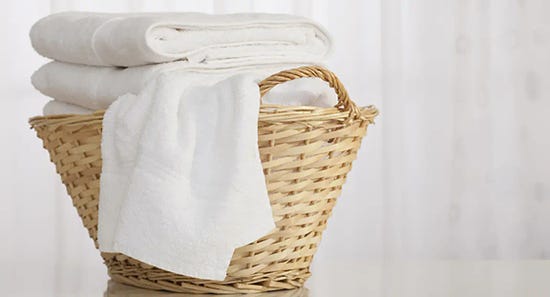
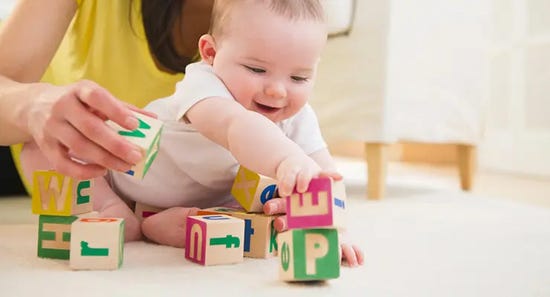
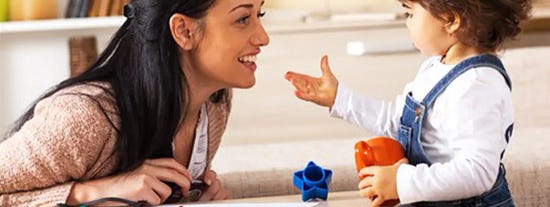
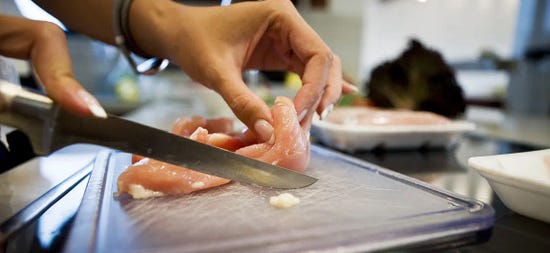

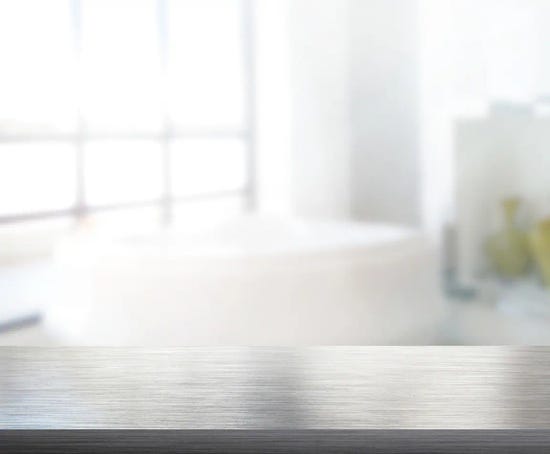
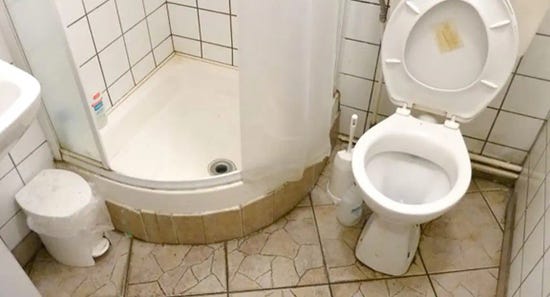
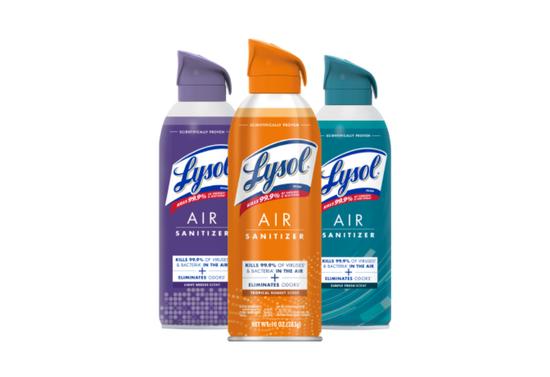
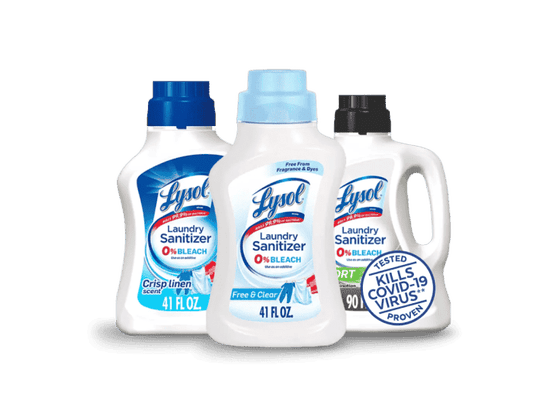
.png?width=550&height=377&format=png&quality=80)
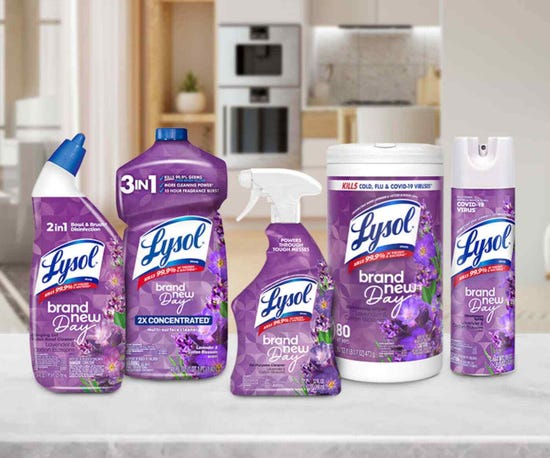
.png?width=550&height=377&format=png&quality=80)
.png?width=550&height=420&format=png&quality=80)
.png?width=550&height=377&format=png&quality=80)
.png?width=550&height=377&format=png&quality=80)
